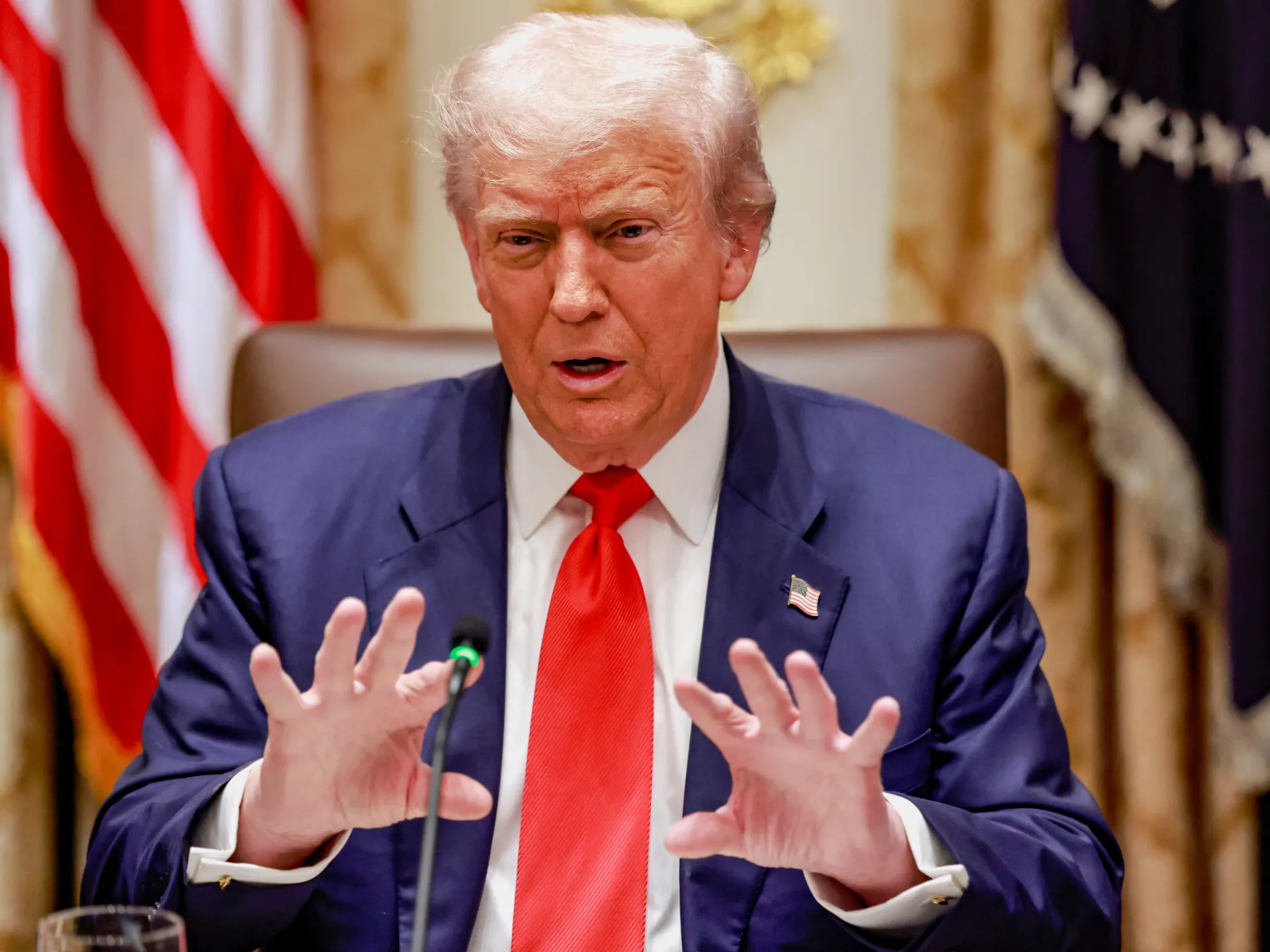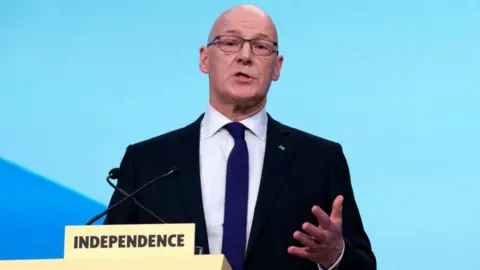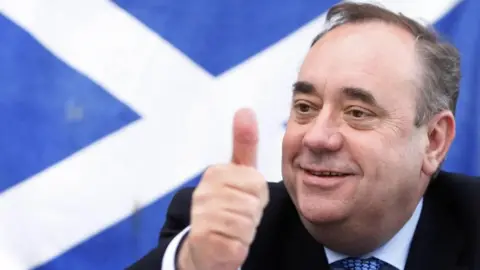Tropea in the Calabria region of Italy has recently been voted the prettiest village in the whole country
Few places can be beaten for splendour than the duomo in Florence, and turning a corner to be greeted by the Colosseum in Rome would take anyone’s breath away.
Travel to Italy and you’re never far from a spectacular sight – be that the shores of Lake Garda, which as a dyed in the wool Cumbrian even I have to admit looks like the Lake District on steroids, to the canals, gondolas and majestic cathedral of Venice, and Verona’s amphitheatre and Juliette’s balcony to the high end shops of Milan, there really is something for everyone.
But venture a little of the beaten track, and escape the hordes of tourists battling for an inch of beach in the Amalfi coast, to travel south to the untapped and undiscovered region known as Calabria and you’ll step into the ‘real Italy’ – and back in time.
One of the crown jewels of this region, which is Italy’s poorest, is the stunning medieval town of Tropea, where I was lucky enough to spend a blissful week. And it’s not just me who’s a fan, the town was recently voted the prettiest in Italy, which I think we can all agree means it was up against some stiff competition.
READ MORE: ‘I’m a Brit living in Dubai – little-known WhatsApp rule could land you in jail’
Nestled into the cliffs above the Tyrrhenian Sea, this ancient town tumbles down the rock face and into the turquoise blue of the ocean.
Surrounded by stunning golden beaches with plenty of room to feel like you have them to yourself, this town has a magical dream-like quality.
Tropea has survived it all – invasions, earthquakes and bombings – to stand proud on the clifftops. Its array of noble palaces and stunning churches, all contained within the winding, cobbled streets of the old town.
I was lucky enough to spend a week in Calabria with Tropea as my base. A glorious sunny October afternoon spent strolling through its streets, with secret, hidden alleys at every turn, and sampling the delicious food from the region, including the sweet, red onions and spicy ndjua, was an utter delight.
READ MORE: ‘Best’ day for Brits to book cheap hotels and save big on bookingsREAD MORE: I asked travel experts the worst area to sit on a plane — they all said to avoid 1 spot
Stopping for one of the most delicious ice-creams I’ve ever eaten while overlooking the awe-inspiring Tyrrhenian from one of the many viewing points in this quaint little town quite simply took my breath away. Meanwhile, stopping for a crisp, white wine in an ancient tavern half way up the cliff face on my way back from the beach was the perfect way to while away a few hours.
If it’s history you’re after, then Tropea has it in bucketloads – from the cathedral to the Sanctuary of Santa Maria dell’Isola, the church on the rock, gazing out into the wide expanse of azure sea.
From the incredible viewing points, you have an amazing view of Stomboli, the still erupting volcano which lights up the night sky every evening off this part of the coast of Italy.
I have but one complaint about this undiscovered, Italian hidden gem – and that’s that I don’t live there and only got to spend a week wandering its beautiful streets.







